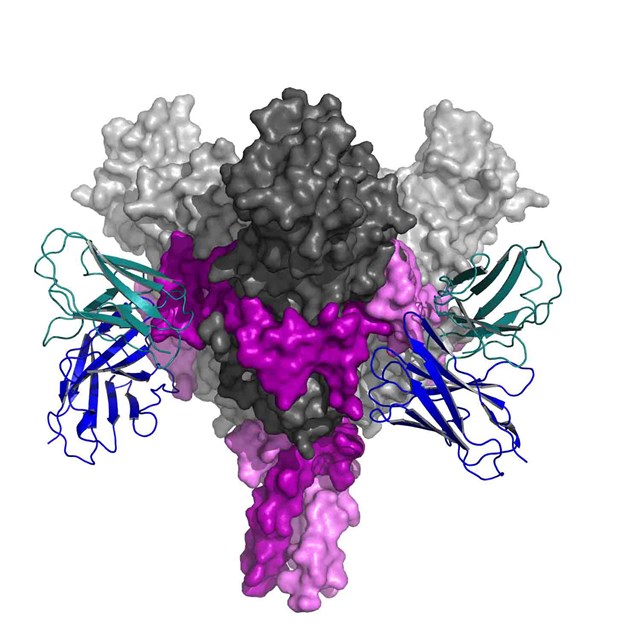
A group of Israeli and German scientists has joined forces to defeat Ebola, one of the deadliest contagious diseases of the 21st century.
A Weizmann Institute of Science lab recently started to work with a research team in Cologne, Germany, to gain a better understanding of how the vaccination against the virus affects the immune system.
“These vaccines -- made by recombinant methods that attach an Ebola protein to a harmless virus -- are hard to produce, and thus there is not enough of them to vaccinate an entire population,” explained Ron Diskin of Weizmann’s Structural Biology Department.
“In addition, the civil strife in some areas where Ebola is rampant today, the facts that it is often needed in villages that are hard to reach and that because of its scarcity, the vaccine tends to be given only to those most closely connected to individuals who are already sick,” he further stated.
“Understanding exactly how the immune response is produced following vaccination will not only help refine the vaccine, itself. It can help us understand whether it will work against different strains of the virus or whether the dose given today is the best one,” the scientist added.
The Ebola virus disease (EVD), formerly known as Ebola hemorrhagic fever, is transmitted to people from wild animals and spreads in the human population through human-to-human transmission.
According to the World Health Organization, the Ebola fatality rate is around 50%, but it can vary from 25% to 90% in different outbreaks.
The 2014-2016 outbreak in West Africa was the largest since the virus first appeared in 1976 in two separate cases in Sudan and Congo. The outbreak killed over 11,000 people, almost all of whom in Liberia, Sierra Leone and Guinea.
A new outbreak that started in 2018 is currently affecting eastern Congo and is described by the WHO as “highly complex, with insecurity adversely affecting public health response activities.”
The lab of immunologist Florian Klein of the University of Cologne started to study how the immune system of six patients who had received the vaccination against Ebola a year earlier was responding.
The study specifically examined the B blood cells – those that produce the antibodies that make up humans’ “immune memory.”
The group was able to isolate individual antibodies that bound to viral proteins.
Diskin and his team ‒ including Nadav Elad of Chemical Research Support and Hadas Cohen-Dvashi in his lab group ‒ focused on two antibodies among the multitude produced by each individual, deeming them strongly involved in the long-term immune response.
The study was the first one carried out through a new ground-breaking electron microscope recently installed in the Weizmann’s Electron Microscopy Unit.
“Until recently, the work of structural biology involved painstaking crystallization and X-ray diffraction – a process that could take at least half-a-year to a year,” said Elad. “We can now skip the crystallization altogether, and the entire process ‒ including extremely involved computational analysis ‒ is completed within a couple of weeks.”
The scientists managed to identify the reason why the two selected antibodies were especially effective in stopping the virus: the antibodies bound to two sites on the viral glycoprotein (part of a virus’s outer membrane) known for their vulnerability in a different way than other antibodies that had been studied.
Diskin and his group also isolated the exact make-up of these antibodies.
“The antibodies we studied are much more effective at binding than those that are being tested today to treat Ebola,” said Diskin.
Moreover, the research suggested that the antibodies worked against multiple isolates of a single species of the virus, prompting to hope that further research would show whether an individual vaccine could fight the disease across the continent.
Another reason for optimism, according to Diskin, was that subjects who had received a lower-dose version of the vaccine had a similar number of effective antibodies to those in subjects who had received a higher dose. This could lead to a reassessment of protocols for administration and possibly increase the number of people who can receive protection.
The research is ongoing and the scientists hope that it will be able to shed further light on how to defeat Ebola.
